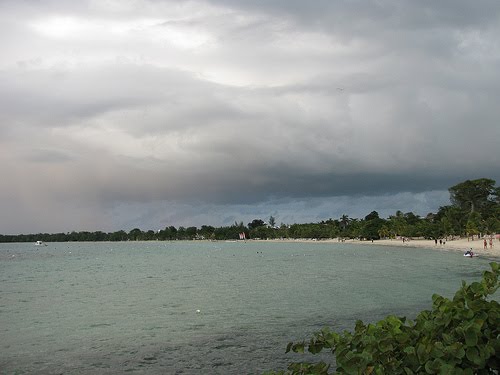Today we celebrate the life and work of Dr. Martian Luther King Jr. I write this post sitting in a café, surrounded by people. Fifty years ago it still would have been possible for me, an African American, to sit and sip coffee with others who don’t look like me, in this restaurant chain in Boston, but it would have been noticed. I would have stood out. I would have had to pick the café with care, as some neighborhoods felt the need to keep obvious outsiders from being comfortable in their tiny corner of the metropolis. And while perhaps I could do this in Boston, south of the Mason-Dixon line, my choices of establishment would be very limited, even given the same restaurant chain. Choosing carefully would have meant choosing life. But today I am surrounded by blondes, brunettes, dark skin, light skin, people whose parents came from other countries, and people who probably speak another language at home. As I stood in line behind a police officer, a white man perhaps a decade younger and a number of inches shorter than I am, I was aware of just how much the world has changed and yet how subtle that change is. The officer completely ignored me. I posed no innate threat to him or this establishment. I was just another citizen.
 |
| Photo by John Chuckman - http://chuckmanchicagonostalgia.wordpress.com |
When Dr. King was alive, I did not have the privilege of just being another citizen, not even in the northern U.S. In a previous post I told the story of clearing the pool, when ignorant people made a choice in the 1960’s that was to my family’s benefit. If any of you come from families that have made similar choices in the past, I say thank you on behalf of my family, though I hope you have gained some love and understanding over the years. Because you are reading this blog, I’m guessing you have.
Last week my partner alerted me to a CNN article about a 31 year-old Ohio landlord who put a “Whites Only” sign on the fence surrounding her pool after seeing the biracial daughter of a white tenant swimming. This didn’t happen in 1961, but in 2011. The landlord is not 81, but 31. And it didn’t happen below the Mason-Dixon line, it happened in Ohio, though in 2011 that should no longer be relevant. Still, it happened. It happened because the US is scarred by its racist past in ways that remain invisible until poked and exposed, hidden and yet too numerous to count.
Part of what my mother did as she taught swimming at the Center City Philadelphia YWCA in the 1960’s and 70’s was to help make Dr.’s King’s dream a reality. When little black boys and black girls joined little white boys and white girls as sisters and brothers in my mother’s pool, the dream was real. Under her watchful eye she gave them the gift of life, a survival skill that they would never forget. And this gift came from a black woman at a time when black women where all too often invisible or disempowered by white society. Who knows what these children heard at home, but in her pool the dream was alive and it had a face.
We can not change everyone’s mind and we can not all be a Dr. King. But in what we do everyday, in who we are everyday, we can stretch, we can reach, we can spread our arms wide and embrace a beautiful diverse world. And in that embrace we can truly be free at last.
















